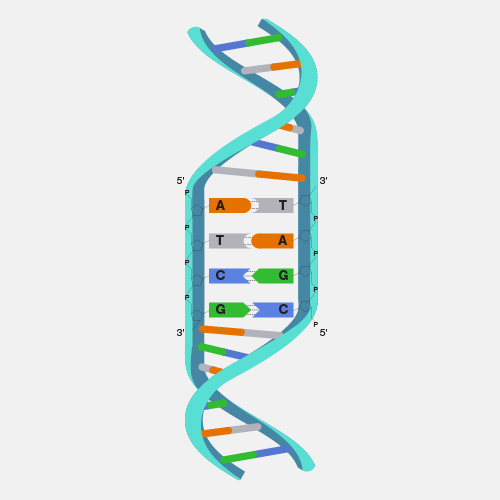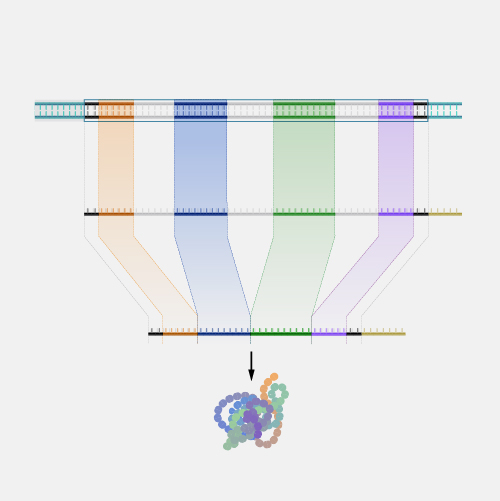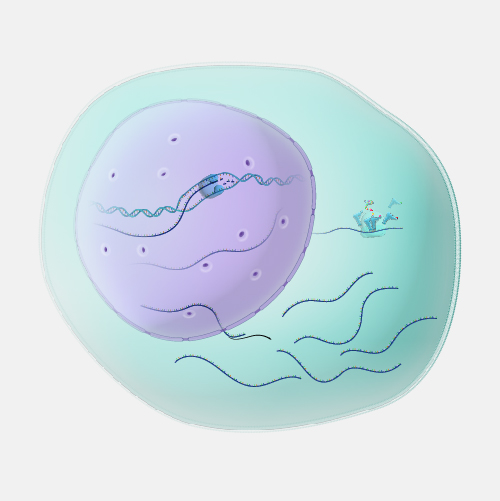
Genetic Imprinting
Definition
Genomic imprinting is the process by which only one copy of a gene in an individual (either from their mother or their father) is expressed, while the other copy is suppressed. Unlike genomic mutations that can affect the ability of inherited genes to be expressed, genomic imprinting does not affect the DNA sequence itself. Instead, gene expression is silenced by the epigenetic addition of chemical tags to the DNA during egg or sperm formation. Epigenetic tags on imprinted genes usually stay in place for the life of the individual.
Narration
Genetic imprinting is a rather mysterious phenomenon which has become somewhat better understood in the last few years. Essentially, what it refers to is the chemical modification of a DNA sequence. Keep in mind here that the DNA sequence itself is not changing. These are modifications to the DNA sequence itself that occur in a cell--usually refers to a germ cell, either an egg cell or a sperm cell--and that change is passed on from one generation to another. The reason it confused scientists for many years is that it is a non-sequenced-based mechanism of inheritance. Initially, it was thought that all inheritance is based on changes in sequence; this turns out not to be true. In one of those mechanisms, which is not involved in change of sequence, but rather an inherited chemical change to a DNA sequence, is referred to as imprinting. And that imprinting, the reason it's important is that chemical modification, which is passed on from the mother or the father to the offspring, changes the function of the gene or the gene product, whether it's expression or actually the function of the gene product itself.




